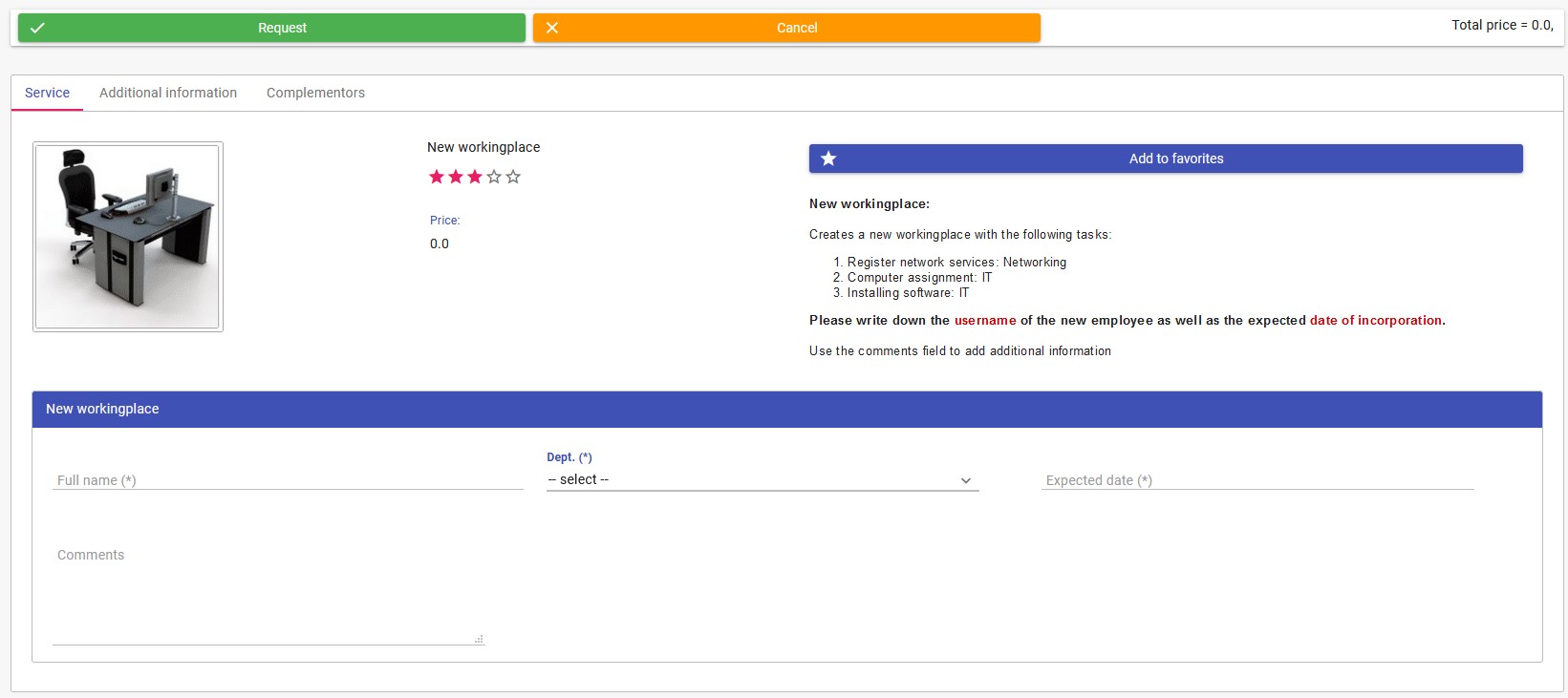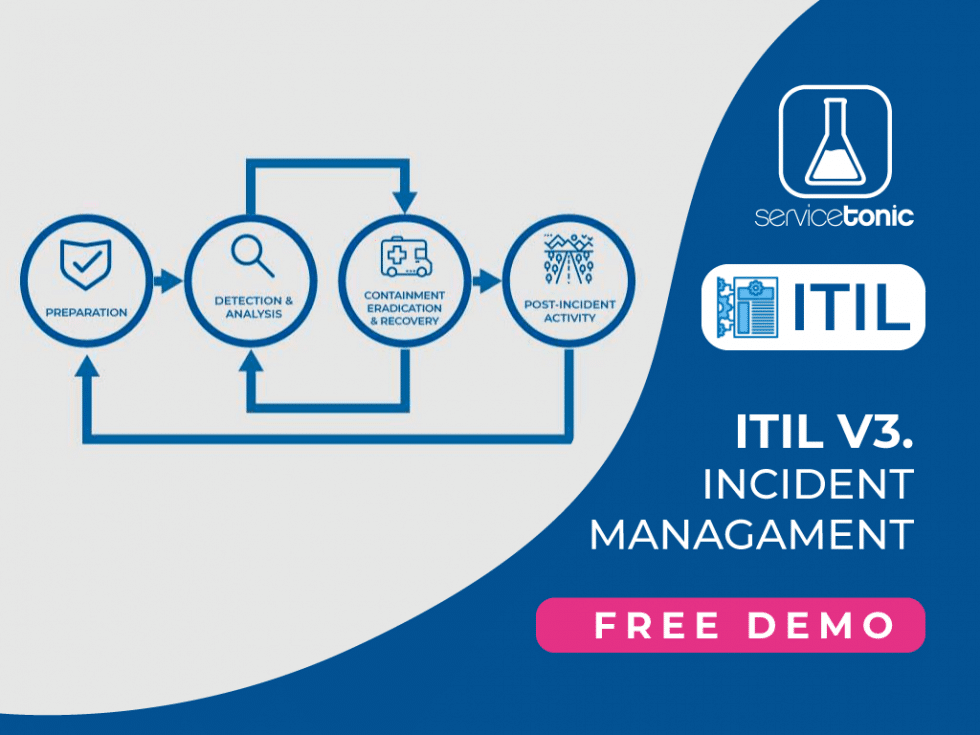A service request in the IT area consists of a formal request made by the client (user) to obtain one of the services offered by the department. Once the customer sends a service request, the IT department receives it in the form of a ticket and proceeds to provide it.
Service requests are requested from the service catalog, accessible to users from the user portal. These two functionalities will bring great value to both the IT department and the users themselves. The IT department can publish the set of products and services and make them available to those users who can request them, and users have an easy system to browse the service catalog and send their requests, thus facilitating their processing.
There are also several benefits of using an IT service catalog, such as the centralized management of requests, self-service, improvement in business processes and many more.
Request Management within the scope of IT Service Management (ITSM) is perfectly defined in the ITIL best practices, where there are a series of recommendations on how to deal with this process.

With ServiceTonic© you can efficiently manage service requests according to ITIL best practices and thus improve the experience of your end users and work more efficiently from the IT environment.
Table of Contents
Service request procedures
There are several types of service requests, some that will require authorization by a manager, and others that can flow without waiting for any approval.
In order for the entire flow of a service request to work correctly, the following points must be met:
- Service requests and their fulfillment must be standardized and automated as much as possible. ServiceTonic© has tools that allow this automation.
- It should also be specified which requests must be approved and which can be processed directly upon reception.
- Specific SLAs can be defined for each type of request so that both the users and the agents in charge of providing the requests know what the agreed delivery times are.
- It is also advisable to have a place within the application where to display the services and from where to proceed with the request, which in ServiceTonic’s case is the Service Catalog.
How to manage a service request with ServiceTonic©.
To manage a service request with ServiceTonic©, first of all, the user accesses the user portal and browses the service catalog. The service request is also submitted here, generating the request that will be automatically sent to the team in charge of processing it.
These are the steps to manage a service request with ServiceTonic©.
- Access the user portal: An easy and comfortable access for users who can access from their desktop or from a mobile device.
- Browse the service catalog: In the service catalog the user will be able to search among those services that can be requested, preventing a user from being able to request something for which he/she does not have permission.
- Sending the request: To send the request, the user must fill in the requested data. For example, if he/she is requesting a new job, he/she must inform about the data of the new employee and the characteristics of his/her position.
- Application approval: If any application requires prior approval, the application will remain pending processing until the person responsible for the approval grants it, which can conveniently be done from the e-mail received after the approval request.
- Request processing: After its submission, or approval, the request is automatically delivered to the department that has to manage and provision it according to the service level agreements agreed with the user for that type of request.
- Provisioning of the request: When the processing of the request is completed, ServiceTonic notifies the requester via email. The requester can also check the status of his/her requests at any time from the user portal.

Benefits of Managing Requests with ServiceTonic©
ServiceTonic© service request management helps achieve what ITIL defines as service fulfillment request objectives:
- Keep high end-user and customer satisfaction levels through efficient and professional handling of all service requests.
- Provide information to end users and customers about the availability of services and how to obtain them through the service catalog.
- Procurement and delivery of the standard services requested.
- Assistance with general information, through tickets, on the request status.
- User assessment of the service provided by the agent responsible for managing the request through satisfaction surveys.
Request a demo to discover how to manage your service requests.
Contact one of our specialized agents to see how to manage service requests and how they can be adapted to your company’s needs.
Request a free demo.



